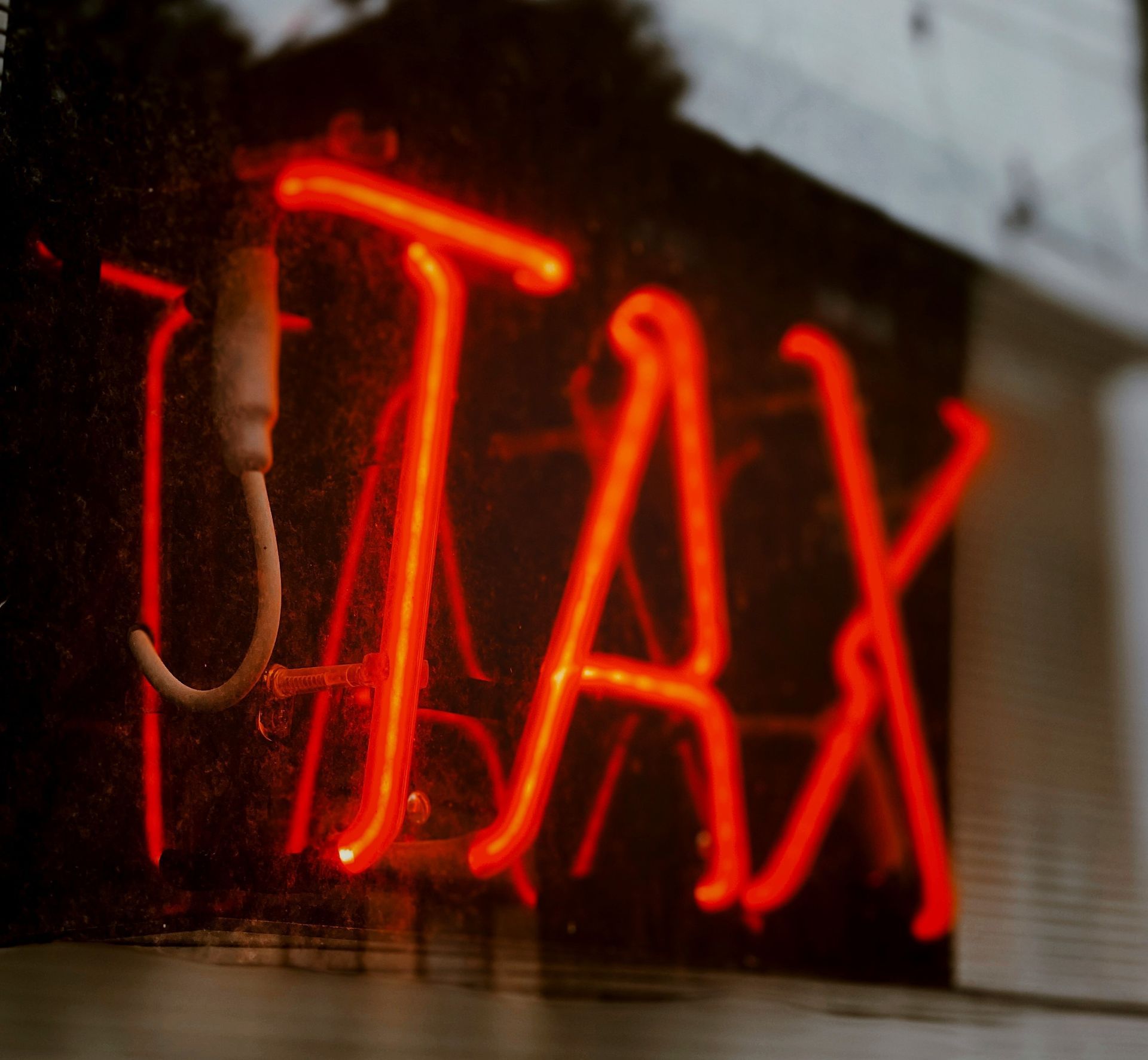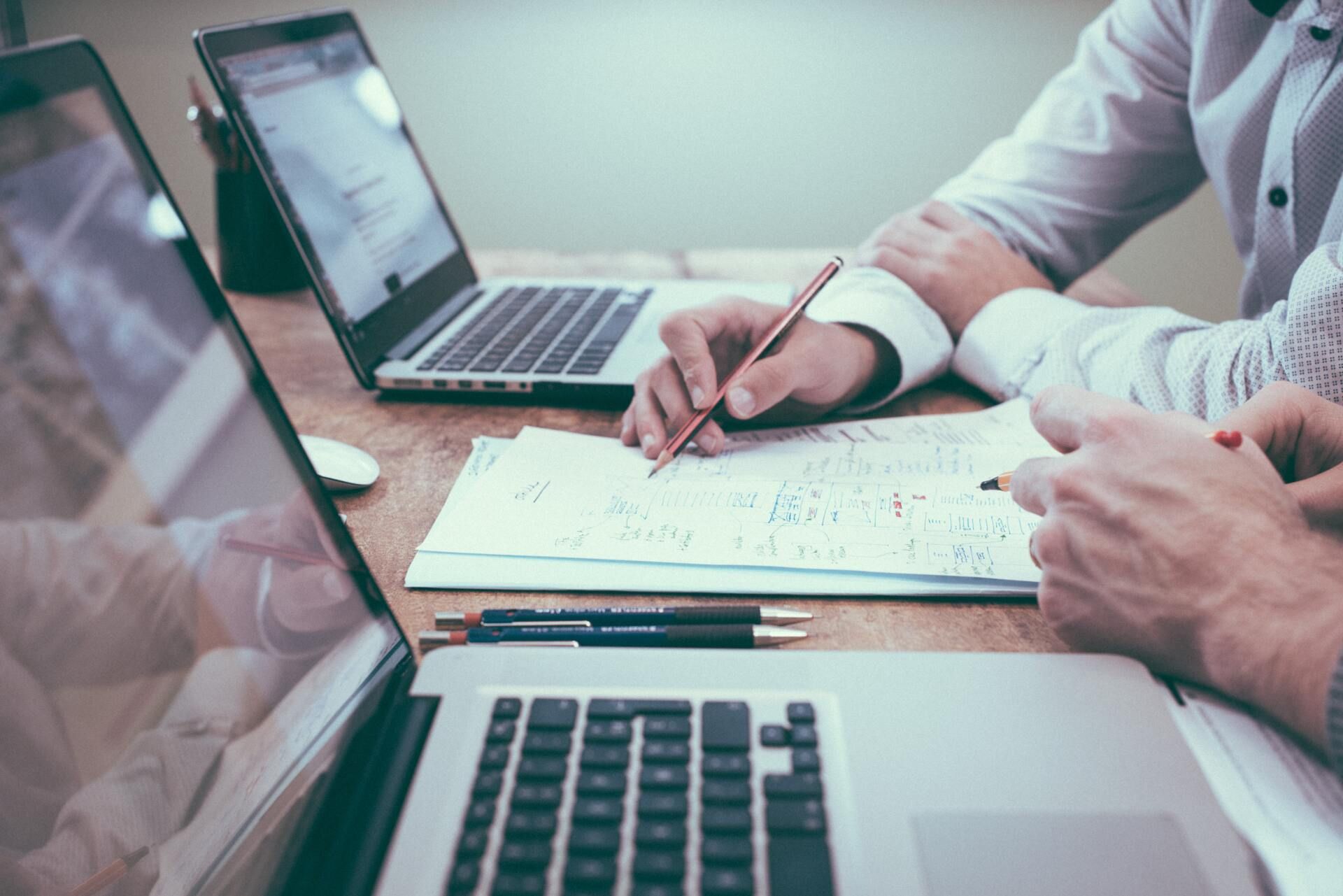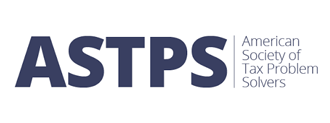Avoid the April 15 Blues This Tax Season
March 16, 2022
March 16, 2022
Take a Step-by-Step Approach to Your Taxes This Year
It is no wonder so many Americans dread the April 15 tax filing deadline. The U.S. tax code already contains more words than the Bible, and hundreds of pages of new rules and regulations are often added.
With so much complexity, it is no wonder so many of us put off filing our taxes until the last possible minute, but taking that approach introduces its own stresses and can potentially land you in hot water with the IRS. What if you do not get it done on time? You can file for an extension, but you are still required to pay the taxes you owe plus penalties and interest. How do you know you didn't make a mistake with your last minute tax filing? Something as simple as a mathematical error could increase the odds of an audit and put you in the crosshairs of the IRS.
We specialize in helping people who owe $10,000 or more to the IRS or have years of unfiled tax returns, so we’ve seen our fair share of mistakes made by innocent taxpayers. If you have any tax trouble or owe more than $10k to the IRS or state but can’t pay in full, contact our firm today. We help people find tax relief. Contact us today
!
That said, we recommend taking a methodical and step-by-step approach to preparing and filing your taxes and avoid burying your head in the sand on April 15th. As with any unpleasant and complicated task, breaking your taxes down into smaller and more manageable chunks can make things easier. This year, vow to take a step-by-step approach to your tax return. If you follow these simple steps, you could be done with your taxes before you know it.
Step 1 - Set Up a Command Center
Chances are you will start receiving tax documents in early January, and you may still be receiving those documents in March. That means you need a convenient place to keep all those documents. Setting up a command center in your home makes it easier to store those documents and keep them at hand.
If you have a home scanner, take a few minutes to image each document as it arrives. Set up a special folder on your computer or cloud storage service to hold all those documents. Those electronic copies can be invaluable if the originals are damaged or destroyed.
Step 2 - Choose A Good Tax Preparation Service (But Use A Tax Resolution Service For More Complicated IRS Issues)
While they cannot make the task totally painless, tax preparation professionals do make the process a great deal easier.
Keep in mind, if you owe multiple years of taxes and have multiple years of unfiled returns, we recommend reaching out to a tax resolution firm that will understand your unique situation and find the tax relief you need. Most tax preparers aren’t trained in complex tax resolution, so find the right firm to help you with your case.
Step 3 - Enter Your Tax Documents As You Get Them
One of the great things about technology is that you organize and file each tax document as you get it, often you can download all your tax documents from various online services. For example, your direct deposit payroll service will give you your W2 and different vendors provide statements and 1099’s online. If the mailman brings you a 1099-INT or a W-2, you can simply scan things as they come in.
Just open each document, scan it to create an electronic backup and log on to your favorite secure cloud storage to file your documents. Whether you get five tax documents a day or just one, entering the information now can save you time later on.
Step 4 - Review Your Documents and Final Tax Return
After you think you have all your documents organized and your tax return is ready to file, the next step is to review everything and make sure there aren’t any obvious issues. Go through the paper and electronic copies and check each one off on your tax return. If any of those documents are missing or anything is wrong, go back and enter them right away.
Step 5 - Bring It All Together
Now that the final review is complete and all the documents have been entered, it is time to bring it all together and actually file your return. Your tax prep professional should include a series of checks designed to catch common errors and point out audit flags. Be sure to ask questions and correct any problems you might find. Be sure to print off a copy of your tax return and save an electronic version to your computer.
Nothing can make filing taxes fun, and this annual chore will never be a pleasant one. Even so, you can make the task less taxing by breaking tax filing down into its component parts. Following the steps outlined above can help you deal more effectively with your tax bill and all the complexities of the tax code.
Owe Back Taxes?
Our firm specializes in tax resolution and helping people who owe the IRS or state $10,000 or more. We’ve seen taxpayers get blindsided every year by a huge tax bill and often falling behind on their taxes for years on end. If that’s you, we can help. Contact our firm today to discuss your tax debt settlement options. Contact us now for a free consultation
.


October 1, 2025
It seems like natural disasters such as hurricanes, floods, earthquakes, wild fires, and tornados are happening all the time and just about everywhere. Climate change also seems to be making these disasters more deadly and more destructive. Many people do step up to help survivors with needed financial donations. The only thing worse than the disasters themselves are the scammers that exploit these situations for financial gain at the expense of hard working and well-i ntentioned survivors and donors. Like yourself! Scams can take the form of fake charities and impostors posing as legitimate organizations or government agencies. Common scams typically entail vague appeals for donations without details, fake websites with names like real charities and caller ID tricks to appear legitimate. Several warnings signs of these scammers are: 1) pressure to give immediately, often preying on your emotions and not logic 2) a thank-you for a previous donation you don’t recall making 3) a request for payment by cash, gift card or wire transfer. The last are scammers’ favored payment methods because the money is easy to access, difficult to trace and almost impossible to cancel. A legitimate charity will welcome your donation whenever you choose to make it and by whatever means you choose. A great way to verify their legitimacy is to use the IRS Tax Exempt Organization Search tool at https://apps.irs.gov/app/eos/. Additionally, clients should always ask for a receipt and then check their bank or credit card statements to ensure the donation amount is accurate. If you think you were a victim of a suspected scam, you can and should report them to the Federal Trade Commission at https://reportfraud.ftc.gov/. How Advantage Tax Relief Can Assist You At Advantage Tax Relief, based in Itasca, IL, we have over a decade of experience helping individuals and businesses resolve tax issues. Our team specializes in offering personalized tax relief and tax resolution solutions tailored to your unique needs. We will work with you to assess your situation and explore your options, whether it’s an Offer in Compromise, installment agreements, or other strategies. Our experience allows us to identify the best path forward to ease your tax burden and guide you toward financial freedom. If you're facing tax debt, don't wait. Advantage Tax Relief is here to assist you with effective, professional help. Call Advantage Tax Relief today at 630-773-3200 to schedule a consultation and take the first step toward resolving your tax issues.

August 29, 2025
First, working overtime does not mean you are getting an automatic increase in your take-home pay because it is not going to be taxed. That is not what is going to happen. The tax savings will be in the form of a tax deduction when you file your Federal tax return the following year. There will be no immediate impact. Second, it only applies for Federal income taxes. It does not include State, Social Security or Medicare taxes. Third, it also only applies to the overtime premium and within certain deduction and wage limits. You can only deduct the pay that exceeds your regular rate of pay. The 'half' portion of 'time-and-a-half' compensation. For example, say you make $20 per hour and work 5 hours of overtime that week at time-and-a-half. The deduction would the Federal tax on $50 of premium pay. ($20 divided by 2 times 5 hours) Finally, the maximum annual deduction is $12,500 for single filers and $25,000 for joint filers. The deduction phases out for taxpayers with modified adjusted gross income over $150,000 (or $300,000 for joint filers).



